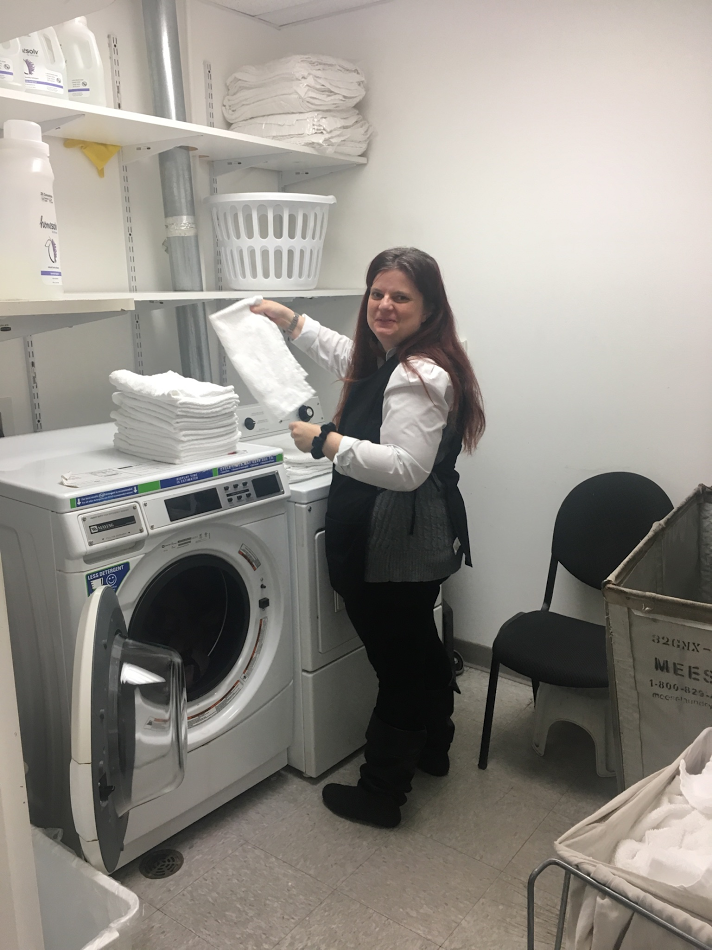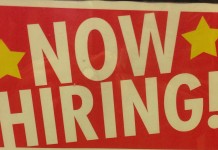“I’ve said 50 times in the last month that this is a fun time to do job development,” said Marilee Larson of TSE, Inc. “We can’t keep up with all the opportunities out there. I made a list of all the various types of jobs. There are forty-five or fifty different positions.” Recent or upcoming placements include deli, floral, retail stocking and grocery bagging and cashiering.
That’s good news for an organization whose clients’ unemployment rates are “well above the general population,” Larson said. Although TSE is known for serving clients with developmental disabilities, Larson said, “We serve people across the board with various disabilities. We’re serving many more people with mental health issues. Intelligence isn’t the question but they’re hiding depression or bipolar or that kind of thing. We serve many more people with autism now than we used to. They can offer so many skills–it is just incredible if we find the right match for them.”
Larson thinks TSE is benefitting from the current worker shortage. “Smart employers have opened up. They’re asking, ‘Where haven’t we looked?’ That is much to our benefit.” In addition, Larson said, the reliability and commitment of TSE’s previous placements leads to “several calls a week from employers where we’re already known. They want more of that.”
The current climate is especially suited for TSE’s job development philosophy: “It’s not just a job–it’s the right job,” Larson said. “That’s all we do now is find the specific match.” TSE’s “Prime Time” program lets clients “go and explore a lot of careers for six weeks at a time through a forty-hour paid internship. Most of those internships are working right into jobs,” Larson said.
Getting Started with Job Development
“I do get calls from people who are just starting to think about this possibility,” Larson said. “We start from square one–how and why and where. I start wherever they’re at. I give them some examples. It’s not any kind of obligation when you call and are exploring. We may or may not have a fit. There are times when I say we don’t have people who can do that, or we have people but they’re happily employed. Many times those beginning conversation turn into a career.”
Flexibility is key, Larson said. “If they know exactly what tasks they’re most in need of–maybe it’s not everything on a particular job description. We can put a person on this particular task, take it out of someone else’s job description and free up that person to do other things.” Larson said that can be a particularly useful approach to companies who are still recovering from the recession. “All those people that you had doing the work of three people–is it time to give them a little relief? You can hire someone who fits a particular task, and your current staff can start concentrating on what they can do well because they have more time.”
Larson said TSE’s overall business model is now “half and half”–workers who are employed directly by the company where they work and those who are paid through TSE’s contract with the employer. “It just depends on what fits for the employer and what the needs are.”
In either case, Larson said, “For the majority of our people, we provide the support. It’s typically a daily check-in to head off problems or solve something. We support people for the rest of their life if needed.”











